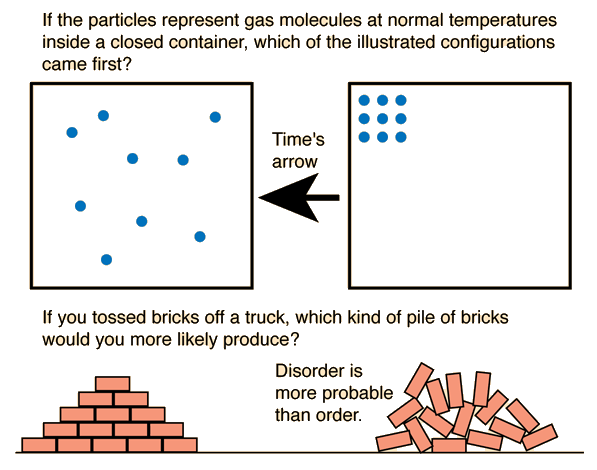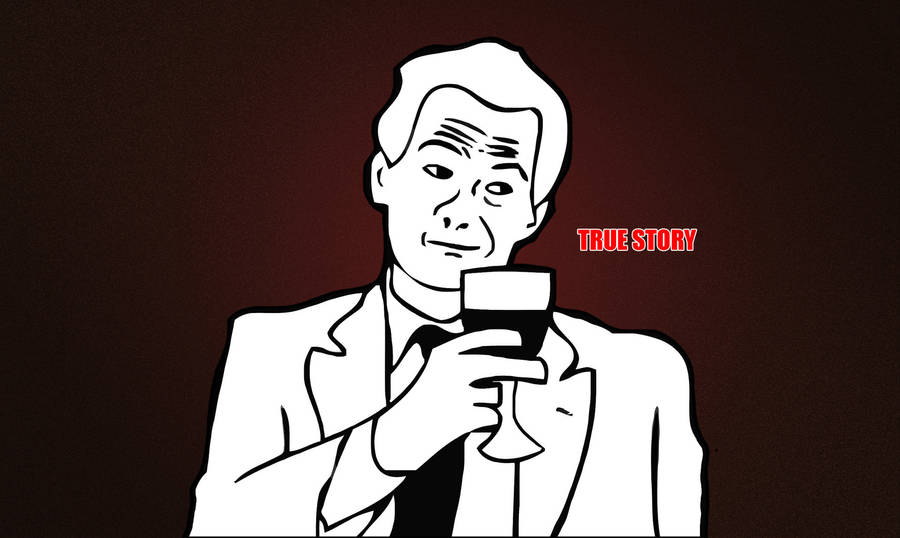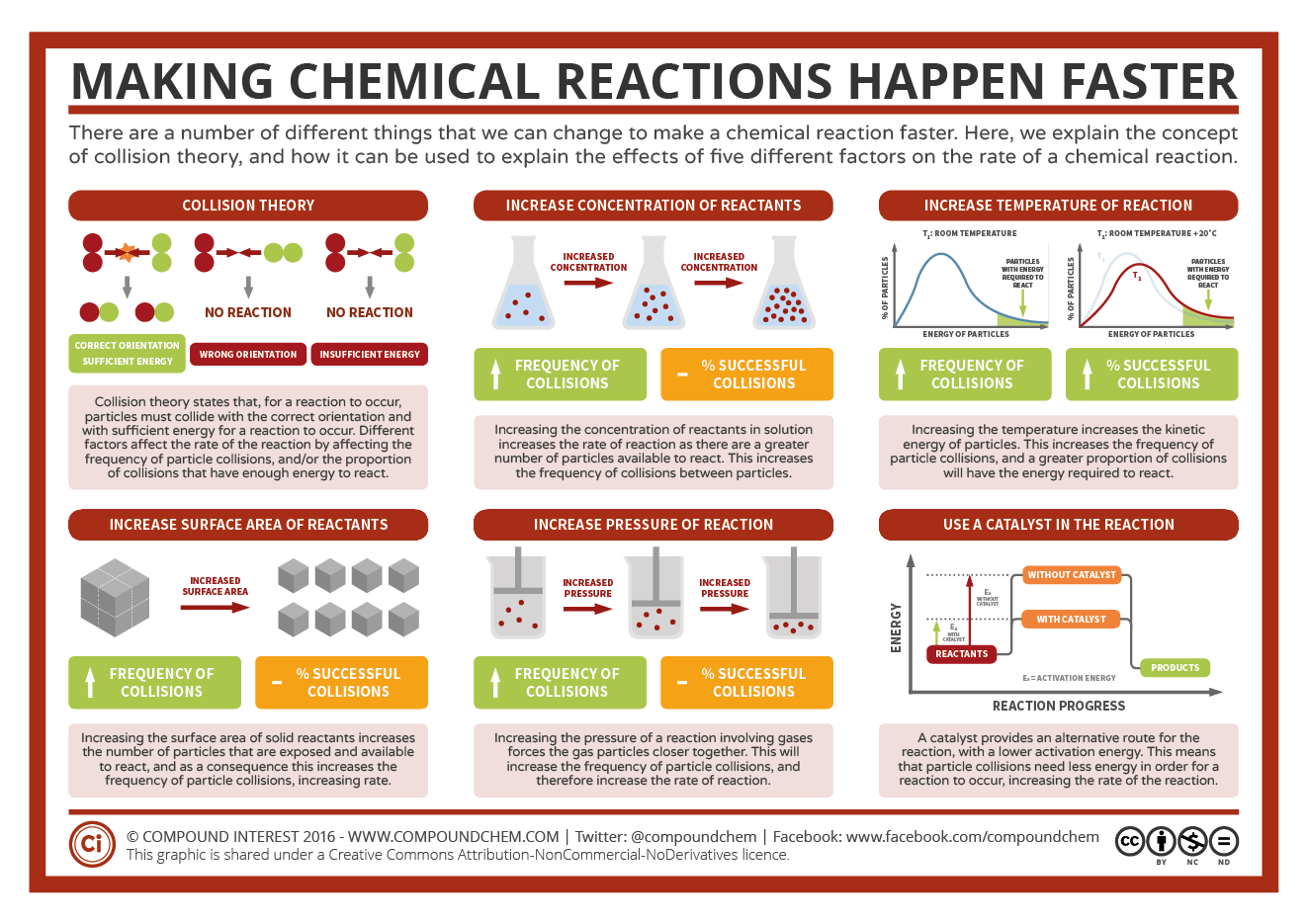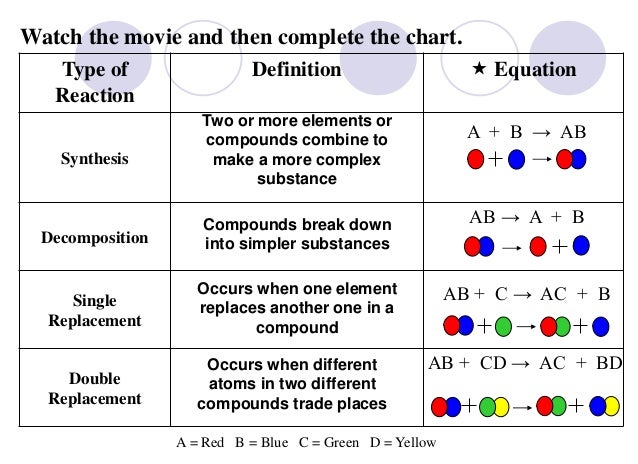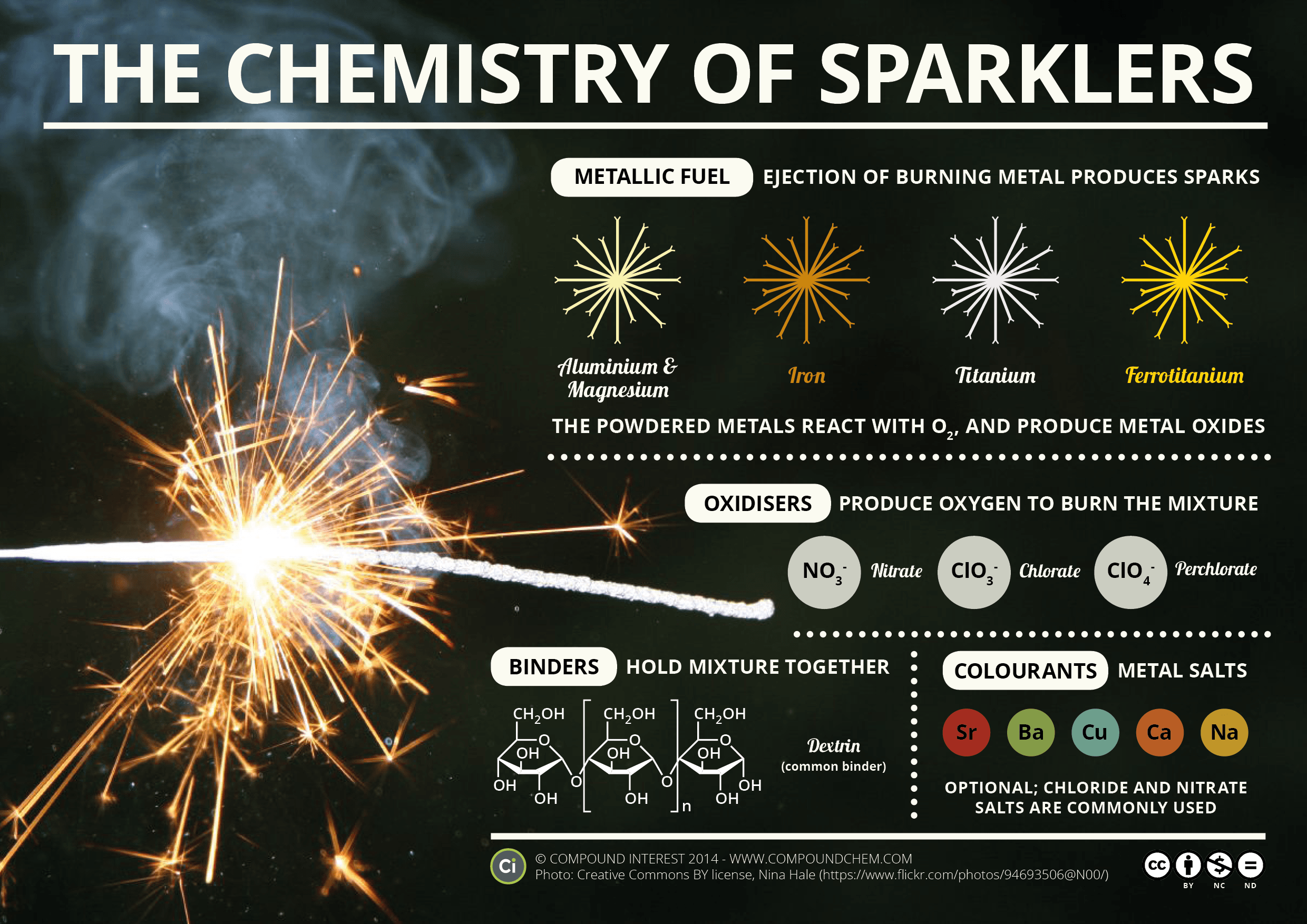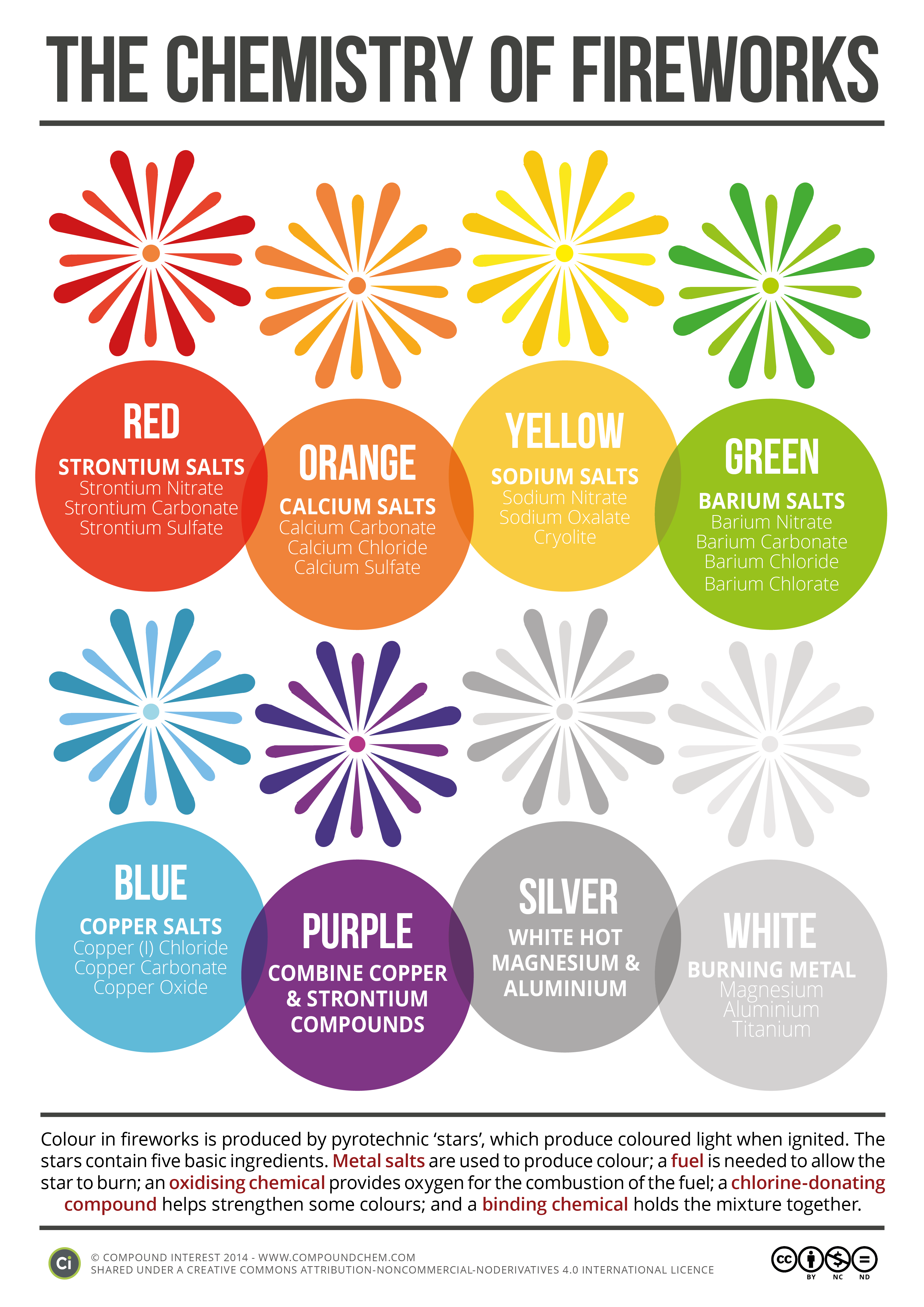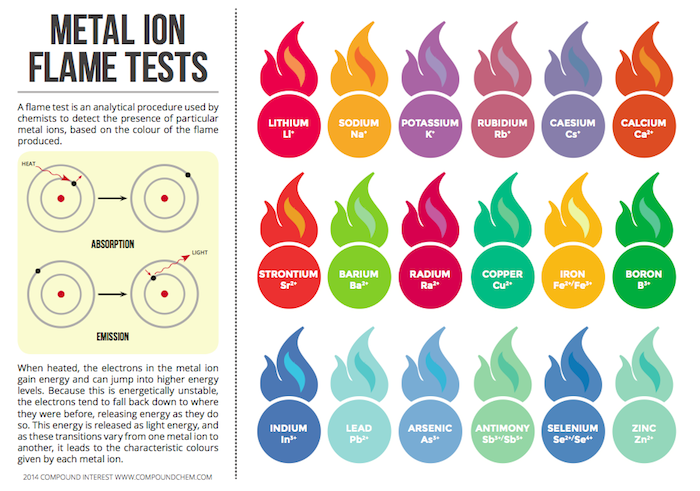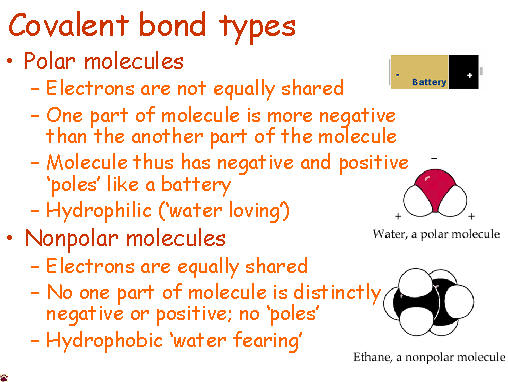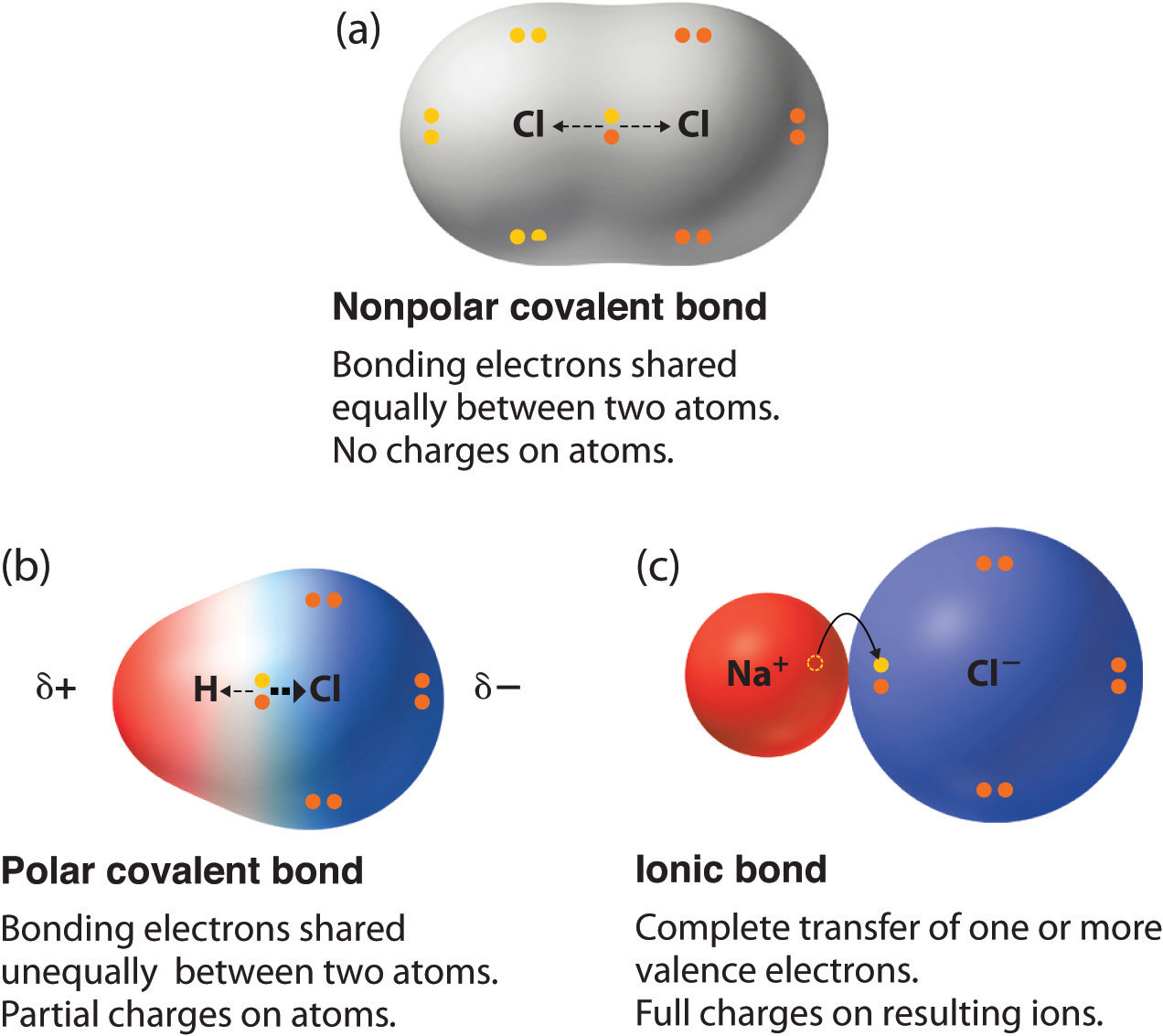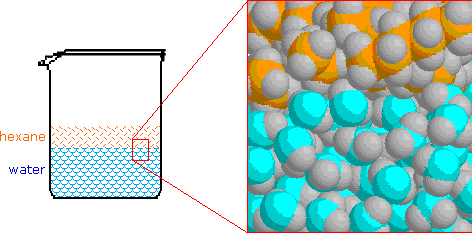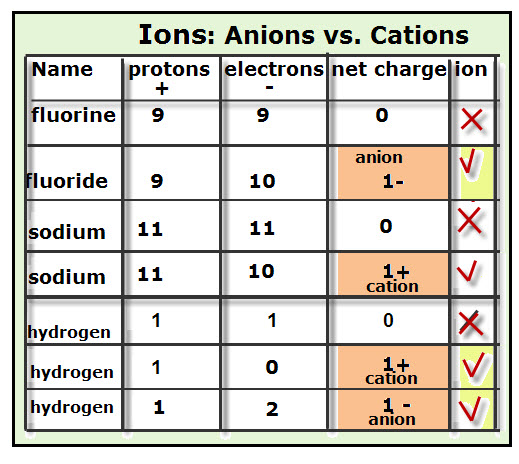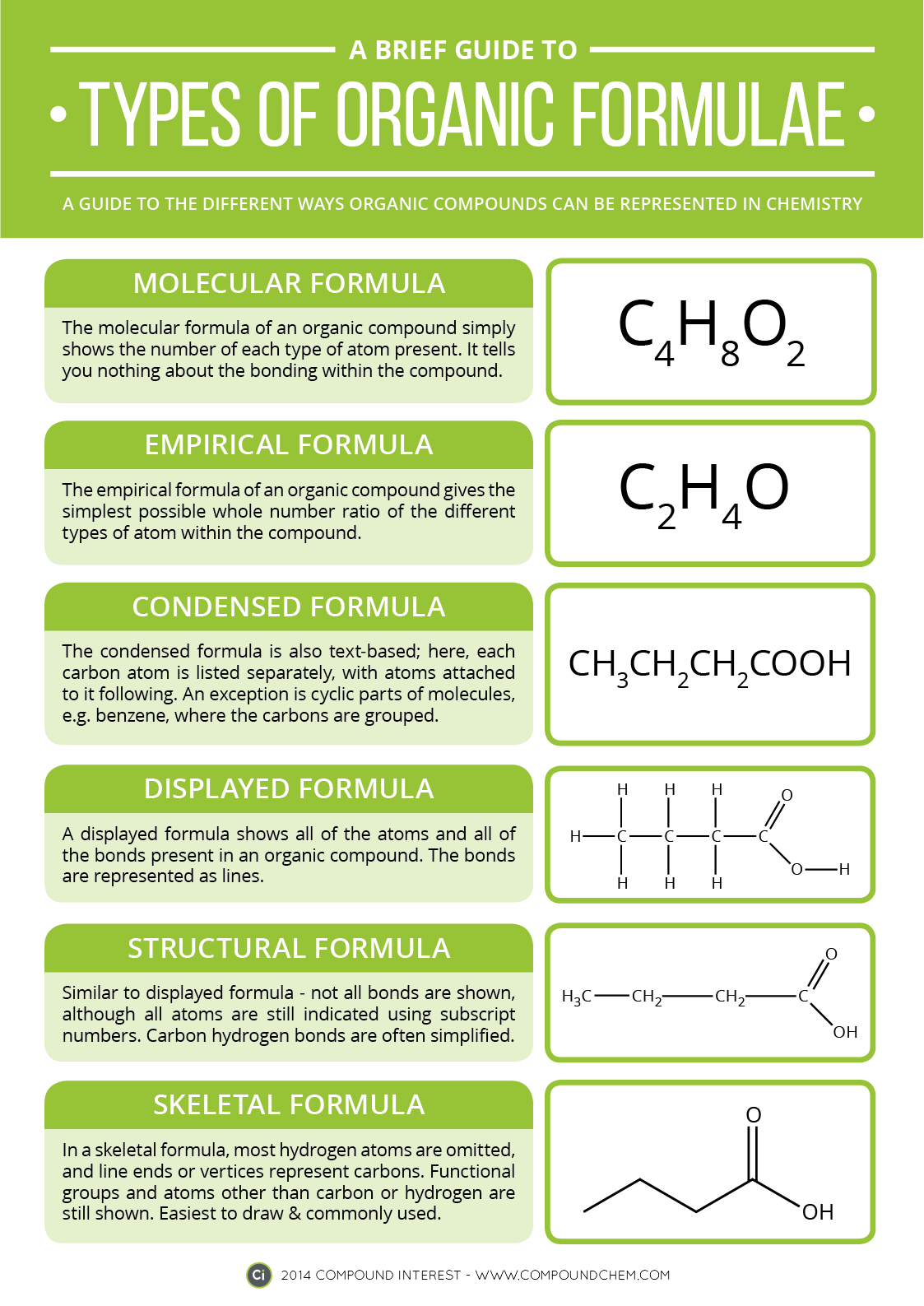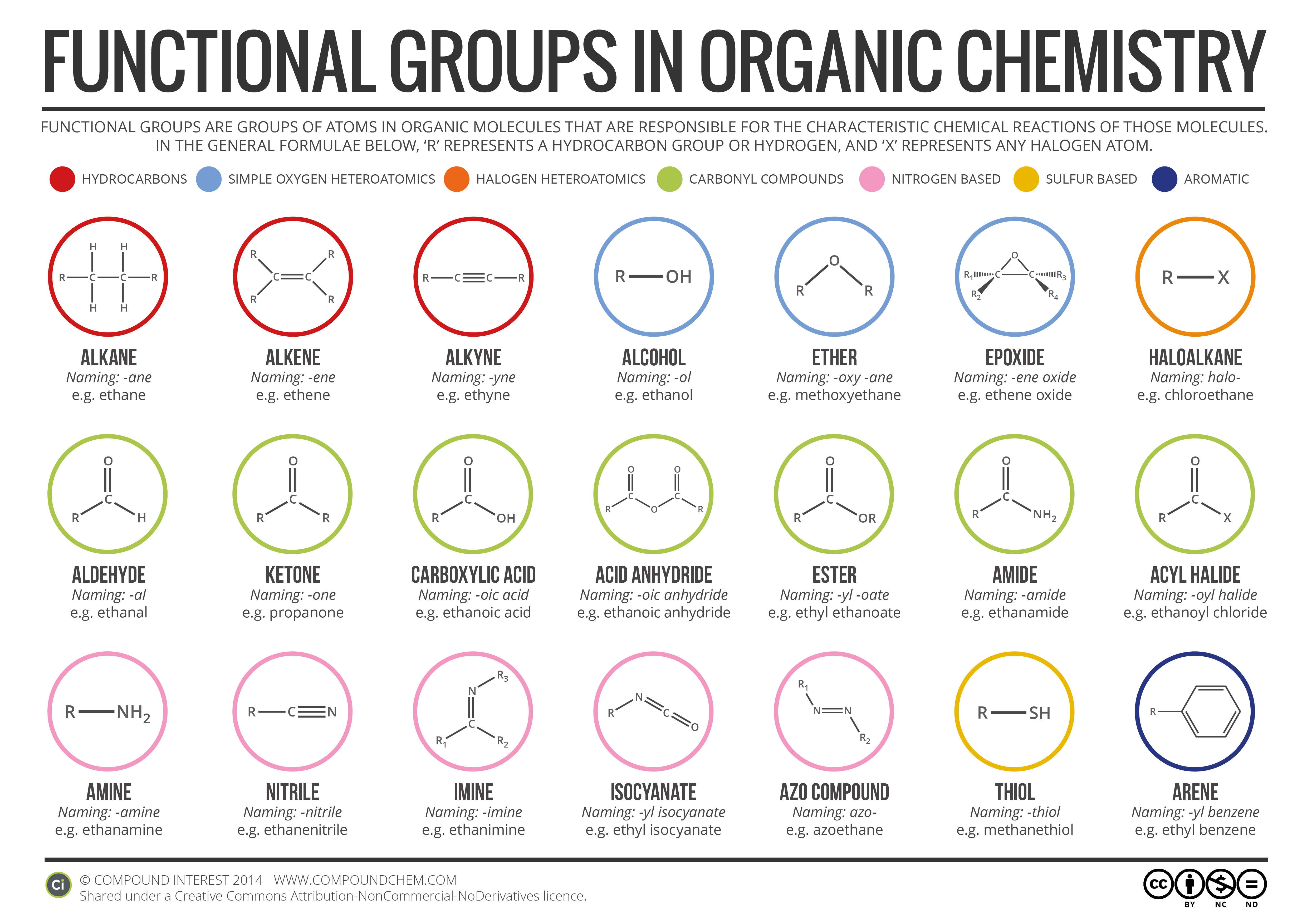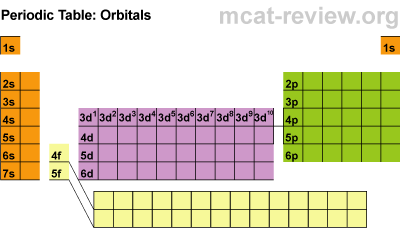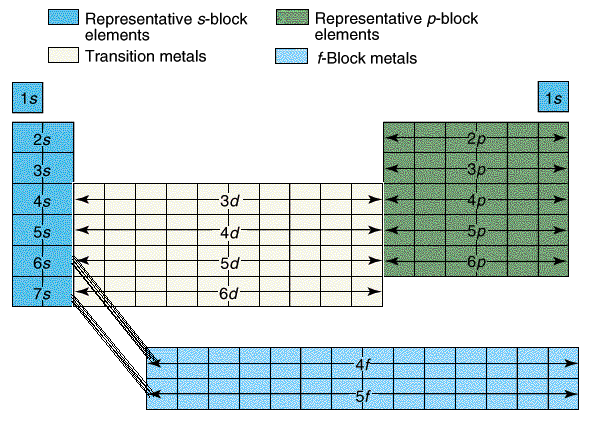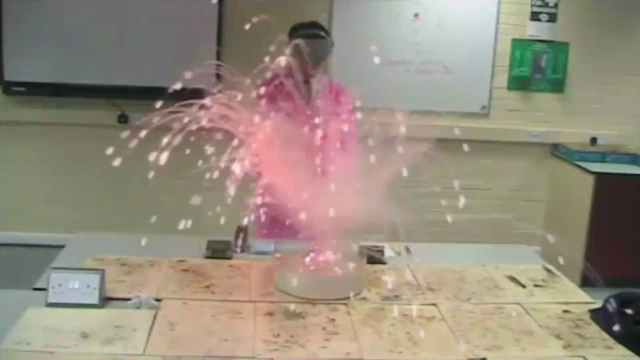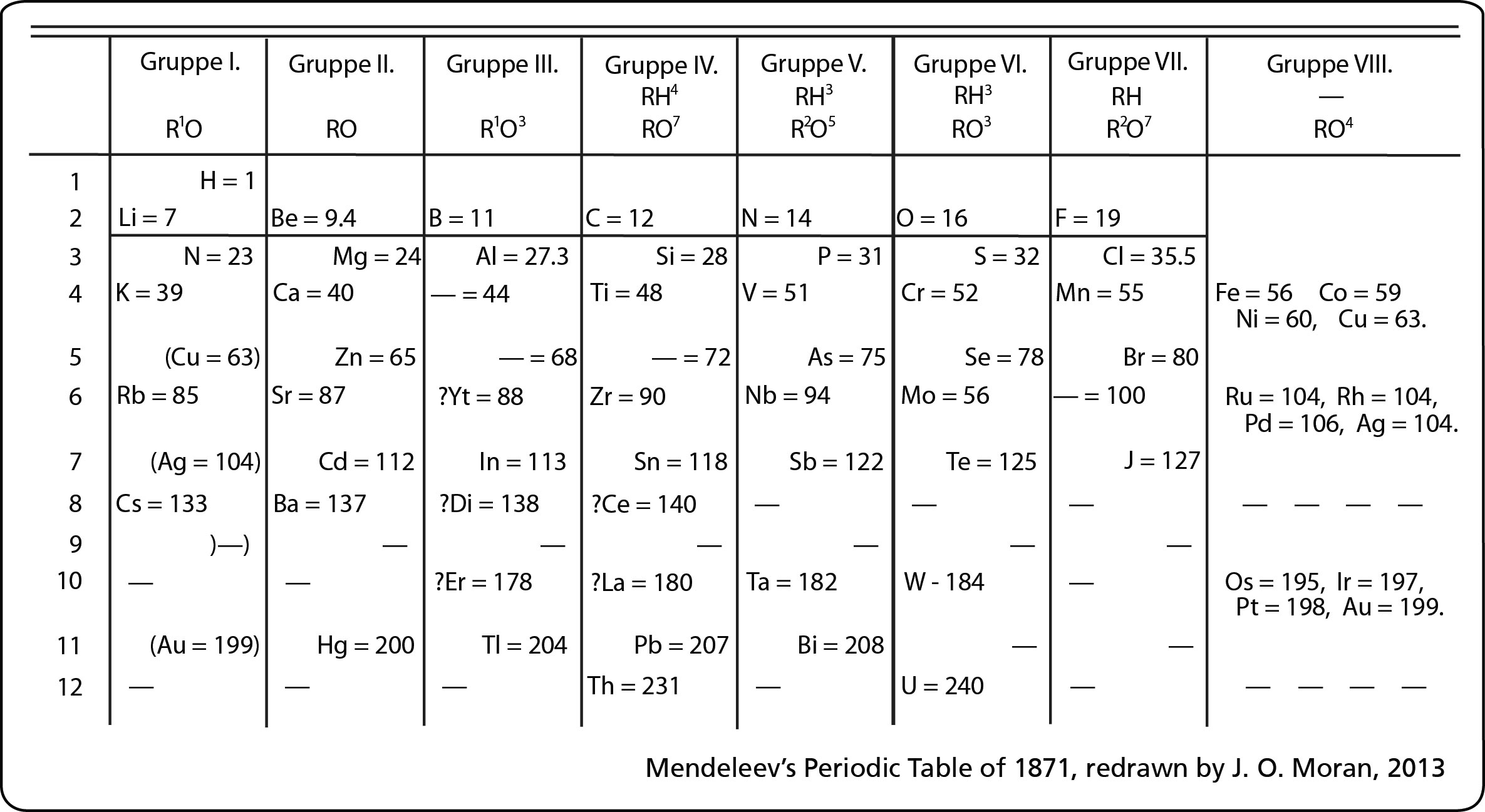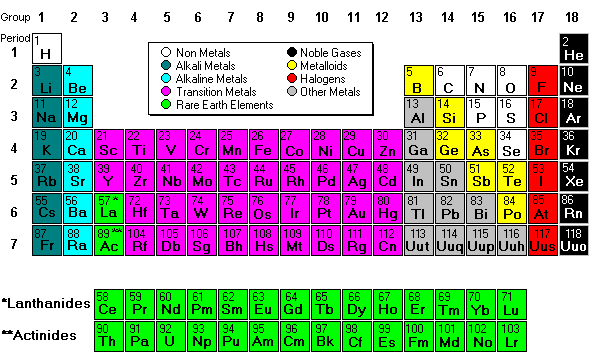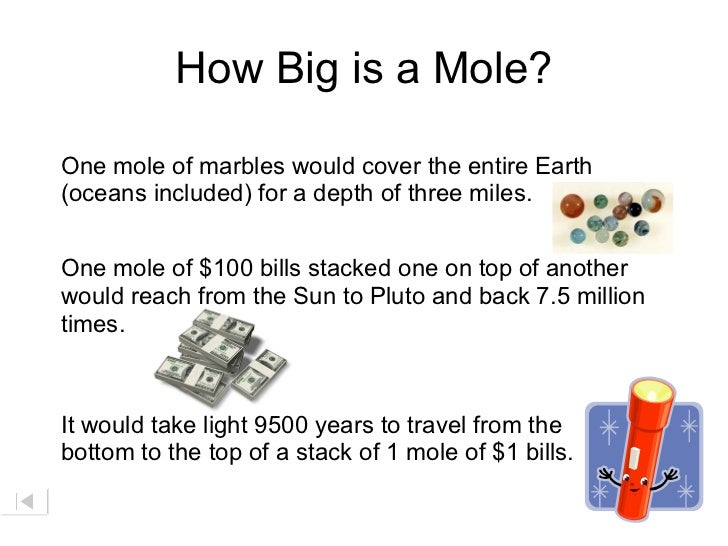Entropy
is a chemistry word for disorder. An increase in entropy is
spontaneous. By looking for four things in a reaction, students can
determine whether a reaction is spontaneous or nonspontaneous by looking
for an increase in entropy.
Exothermic reactions are spontaneous and show an increase in entropy.
Gases are messier than solids, so a reaction that forms a gas shows an increase in entropy.
More
molecules show an increase in entropy. Count the coefficients on either
side of a balanced equation. If the products have more molecules then
there is an increase in entropy and the reaction could be spontaneous.
A decrease in the size of molecules (count atoms making up the molecule) is an increase in entropy.
Students
look for all four things and decide whether the overall reaction would
lead to an increase in entropy and be spontaneous.
Global Ocean Conveyor
-
Today students began class with a BrainPop on currents and took the quiz.
Tim and Moby did an excellent job describing how currents affect global
weather ...
6 years ago
